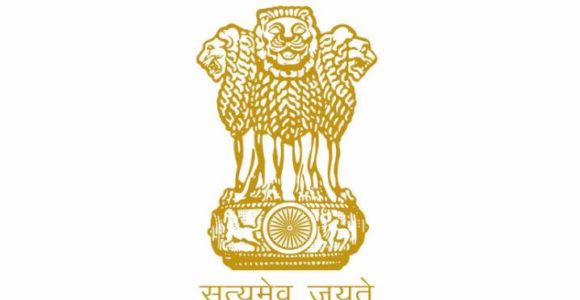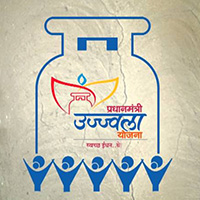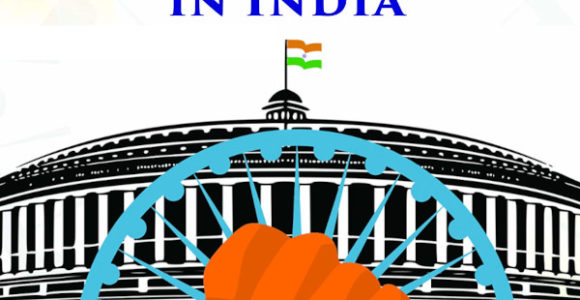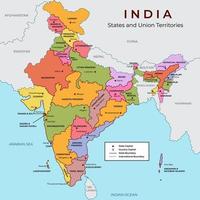P. V. Narasimha Rao
| Full Name | P. V. Narasimha Rao (Pamulaparthi Venkata Narasimha Rao) |
| Date of Birth | June 28, 1921 |
| Place of Birth | Vangara, Warangal District, Telangana, India |
| Date of Death | December 23, 2004 |
| Place of Death | New Delhi, India |
| Father’s Name | P. Ranga Rao |
| Mother’s Name | Venkataratnamma |
| Spouse | Satyavati Rao |
| Children | 3 daughters, 1 son (K. S. Narasimha Rao) |
| Nationality | Indian |
| Religion | Hindu |

Introduction:
P. V. Narasimha Rao, often considered one of India’s most important and transformative leaders, served as the 9th Prime Minister of India from 1991 to 1996. His tenure is most notable for the economic reforms that changed India’s trajectory from a socialist economy to a more market-driven, globalized one. While he wasn’t as publicly charismatic as some of his contemporaries, his behind-the-scenes diplomacy and sharp decision-making were key to India’s survival during one of its most economically and politically tumultuous periods.
Childhood & Early Life:
- Early Years: Rao was born in 1921 in a small village, Vangara, in the Warangal district of present-day Telangana. His father was a teacher, and his mother was a homemaker. Growing up in a Telugu-speaking family, Rao was influenced by Indian culture and literature, often developing a deep interest in history and the arts.
- Education: He initially studied in a local school, but his bright intellect led him to pursue higher studies. Rao graduated with a degree in law from Osmania University in Hyderabad, followed by a Master’s degree in Arts (M.A.) from the same university. His academic interest in law and politics shaped his later career.
- Influence of Freedom Struggle: His early life coincided with the Indian independence movement, and he was deeply influenced by Mahatma Gandhi’s ideals. Rao was involved in the struggle for independence from British rule and became a member of the Indian National Congress.
Political Career:
- Entry into Politics: Rao’s political career began in the 1940s when he became involved with the Indian National Congress (INC). He was influenced by the Congress’ fight for independence and initially worked at a local level in Andhra Pradesh.
- Chief Minister of Andhra Pradesh (1971-1973): Rao’s political career began to gain prominence when he was appointed Chief Minister of Andhra Pradesh in 1971. As Chief Minister, he introduced several reforms in education, irrigation, and public health. His administration was noted for its stability and reformist zeal.
- Union Ministerial Positions: Rao served as a Minister in various capacities in the government of Indira Gandhi, including as the Union Minister for Defense and External Affairs. He was known for his intellectual acumen and ability to navigate complex political situations.
- Becoming Prime Minister (1991): After the sudden assassination of Prime Minister Rajiv Gandhi in 1991, Rao became the Prime Minister of India. His ascension to the top post was unexpected, and initially, many doubted his ability to lead. However, Rao quickly proved his mettle, managing to handle crises with a quiet but firm resolve.
- Economic Reforms (1991):
- Rao faced an economic crisis in the early 1990s, with India on the brink of defaulting on its international loans. The country had a severe foreign exchange crisis, and there was a growing balance of payments problem.
- In response, Rao, with his trusted Finance Minister Dr. Manmohan Singh, initiated economic liberalization by reducing import tariffs, devaluing the rupee, and encouraging foreign investment.
- This marked the beginning of a new economic era for India, shifting from the Nehruvian socialist model to a more market-driven economy.
- Foreign Policy:
- Rao’s foreign policy also reflected his pragmatic and strategic thinking. His government significantly improved relations with the United States, leading to a shift from India’s historically neutral position to a more strategic partnership with the West.
- He also improved India’s relationship with the Soviet Union, maintained stable relations with Pakistan and China, and sought to build better ties with neighboring countries in South Asia.
Major Works:
- Economic Liberalization (1991): Rao is most remembered for the comprehensive economic reforms that included:
- Privatization of State-Owned Enterprises: Various government-owned companies were privatized or allowed to function more independently.
- Trade Liberalization: Tariffs were reduced, and India opened up its markets to international competition.
- Financial Reforms: Rao’s policies also led to a more market-friendly banking and financial sector.
- Foreign Direct Investment (FDI): Policies were created to attract foreign investment, including liberalizing foreign exchange regulations and promoting export-led growth.
- Political Stabilization: Rao’s tenure saw significant political stability after a period of turmoil in Indian politics. He was able to manage a minority government and build a coalition from diverse political parties.
- Modernization of Technology and Infrastructure: Rao’s government promoted computerization, telecommunications, and the expansion of the information technology sector, setting the groundwork for India’s later IT boom.
Awards & Achievements:
- Padma Vibhushan (1992): Rao received India’s second-highest civilian award for his invaluable contributions to Indian politics and the economy.
- Role in Economic Development: Often referred to as the “Father of Indian Economic Reforms,” Rao’s policies fundamentally reshaped the country’s economy, leading to unprecedented growth rates in the subsequent decades.
- Recognition as a Diplomat: As a foreign policy expert, Rao is acknowledged for his efforts in improving India’s global standing.
Personal Life & Legacy:
- Private Nature: Rao was known for his private and reserved personality. He did not seek the limelight and preferred working behind the scenes. Unlike many Indian leaders, he did not have a large public following or media presence, which made his reforms more surprising.
- Family Life: Rao married Satyavati Rao in 1942, and together they had a son and three daughters. Despite his political career, Rao remained closely connected to his family, which helped maintain a semblance of balance in his personal life.
- Legacy: While his contribution to India’s economic reforms is widely recognized, he did not always get the credit during his time in power. His leadership left an indelible mark on the nation, particularly through the liberalization of the economy. In retrospect, he is often praised for the lasting impact of his policies on India’s development trajectory.
Trivia:
- Multilingual: Rao was known for his linguistic versatility. Apart from his native Telugu, he was fluent in Hindi, English, Marathi, and some other languages.
- Literature Enthusiast: Rao had a keen interest in literature and history. He was deeply influenced by the works of poets like the famous Telugu poet, Sri Sri, and he himself was known to write poems in his spare time.
- Intellectual Leader: Though not a public speaker, his quiet intelligence and ability to analyze complex political and economic issues earned him the respect of his peers.
- Crisis Manager: Rao’s handling of the 1991 economic crisis is considered one of his finest moments as Prime Minister. His ability to make difficult decisions under pressure is seen as an example of true leadership.
Final Years & Death:
After his tenure as Prime Minister, Rao continued to be an active figure in politics but stepped back from frontline leadership in the late 1990s. He spent his final years reflecting on his political career and writing his memoirs. P. V. Narasimha Rao passed away on December 23, 2004, at the age of 83, in New Delhi due to cardiac arrest. His death marked the end of an era in Indian politics, but his legacy continues to shape India’s economic and political landscape.
Key Terms:
- 1991 reforms ,
- economic crisis ,
- economic liberalization ,
- Economic Reforms ,
- foreign direct investment ,
- foreign policy ,
- India’s economic transformation ,
- Indian History ,
- Indian National Congress ,
- Indian Politics ,
- Manmohan Singh ,
- modern India ,
- P. V. Narasimha Rao ,
- Padma Vibhushan ,
- Political Leadership ,
- Prime Minister of India ,
- privatization ,
- South Asian politics ,
- Telugu leader ,
- trade liberalization
Disclaimer: The information provided here has been compiled from various sources to the best of our knowledge. While every effort has been made to ensure the accuracy of the details, there may be occasional errors or omissions. If you find any discrepancies or incorrect information, kindly inform us so we can make the necessary corrections. Thank you for your understanding and cooperation.





